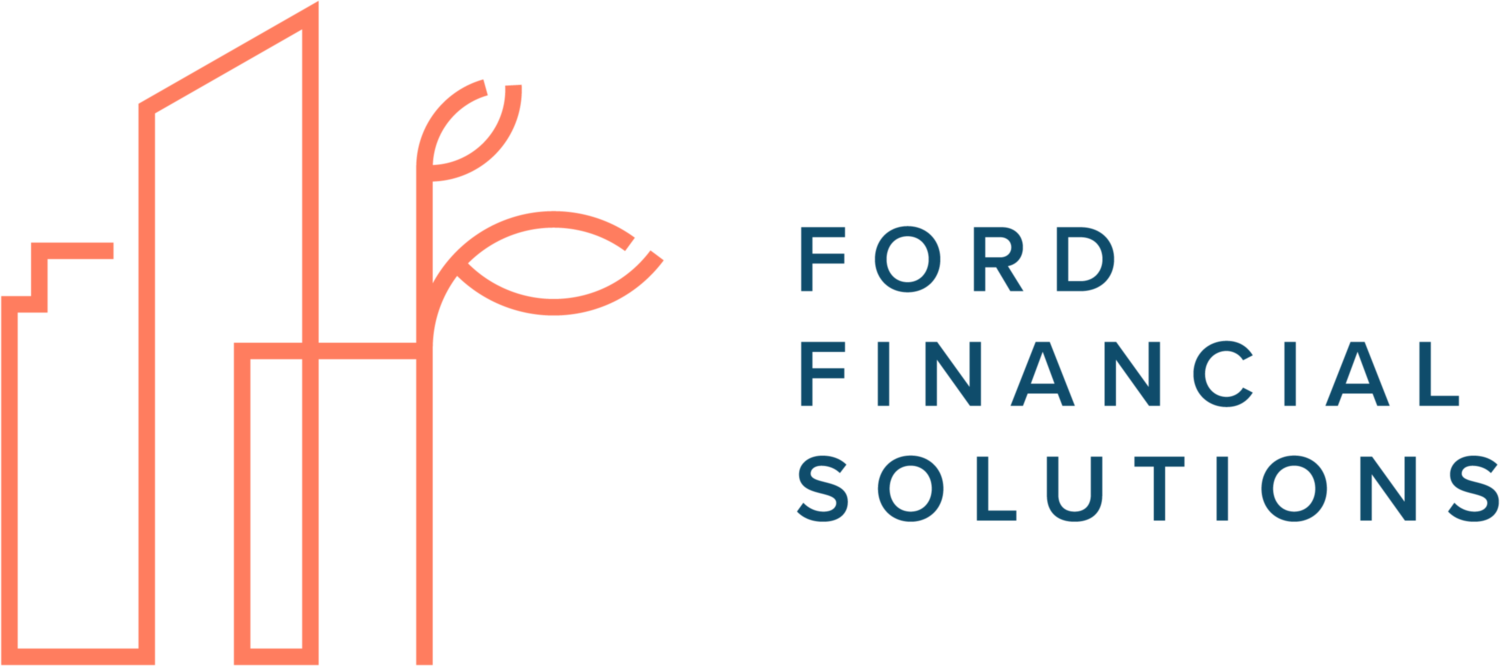Before we dive further into the world of student loans, let’s run through the terms you’ll hear related to loans. This will help you better understand your loans and your options when it comes time to repay them.
Principal
This is the amount you borrow from your lender. For example, if take out a $20k loan from the bank, the $20k is the principal.
Disbursements
When your lender actually gives you the money you’re borrowing, that is called a disbursement. Some lenders will give you the money over a series of disbursements rather than all at once.
Interest
This is what your lender charges you to borrow the money, determined by a percentage rate. You multiply the interest rate by your unpaid principal amount to calculate the actual interest you’ll pay. Interest rates can be fixed (stay the same for the life of your loan) or variable (may increase or decrease).
Loan Servicer
This is the company that assists the lender with collecting payments and communicating with you. Loan servicers deal with the administrative side of the loan so when it comes time for repayment, you’ll send payments directly to your loan servicer.
Grace Period
This is a period of time after graduation – think of it as a summer break – when you aren’t yet required to make loan repayments. Not all lenders offer a grace period, and those who do may charge you for it in the form of interest.
Repayment Plan
When it comes time to repay your loans after graduation (and maybe after a grace period), your loan servicers will give you several options called repayment plans. Your repayment plan will determine the amount of your monthly payment and how long it’s going to take you to fully repay your loan.
Consolidation
Consolidation refers to taking multiple loans you have and combining them so that you make a single payment rather than managing multiple payment amounts and due dates. This comes at a cost, however, so make sure you ask about fees. You generally have the option to lower your monthly payments, which means paying back your loans over a longer period of time and thus paying more interest. You can read more about this option here .
Deferment
This is a period of time when repayment of your loan is temporarily delayed. This is different from a grace period as it can happen at any point during repayment and requires eligibility (e.g., unemployment, economic hardship, active military duty). Some lenders will still charge you interest during deferment.
Loan Forgiveness
Under certain circumstances, your lender may forgive all or a portion of your loan. Sometimes you’ll have to pay income tax on the amount of the loan that’s forgiven. Who qualifies for this seemingly too-good-to-be-true benefit? Generally this is option exclusive to teachers, childcare providers, military personnel and people working in public service. You can read more about these programs here.
Default
I saved the most unfortunate term for last: default. Hopefully this is something you never encounter, but default occurs when you are not able to make your loan payments and miss several in a row. Most federal loans are considered in default once you fail to make a payment for 270 days (roughly 9 months), but it’s a serious deal if you miss even one payment. Missed payments (or simply late payments) will wreak havoc on your credit score as well as rack up fees and interest. Also, once your loan is in default you’ll likely start to hear from collection agencies. If you find yourself in a mess with debt collectors, check out this post on how to communicate with them. If you’re having a hard time making loan payments, be proactive and call your loan servicer and see what options they have for you, such as changing your repayment plan in order to lower your monthly payment.
Hopefully you feel a little more confident about your understanding of the world of student loans. To continue your learning, check out this extensive glossary created by the U.S. Department of Education.
Contributions by Laura Hailey

